Japanese anime often features scenes where characters gather around a delicious-looking hot pot. From the oden beloved by Kozuki Oden in ONE PIECE to the sukiyaki fought over by the Odd Jobs in Gintama, many anime fans have probably dreamed of tasting these hot pot dishes at least once.
This time, we introduce eight hot pot dishes that appear in anime. We’ll provide a complete guide to each hot pot’s characteristics, how they’re depicted in the works, and even restaurants in Tokyo where you can actually try them.
*If you purchase or reserve products introduced in this article, a portion of the sales may be returned to FUN! JAPAN.
*Spoiler alert
① ONE PIECE & Dandadan: Oden – Japan’s Comfort Dish
What is Oden? A Soy Sauce-Based Broth with a Variety of Ingredients
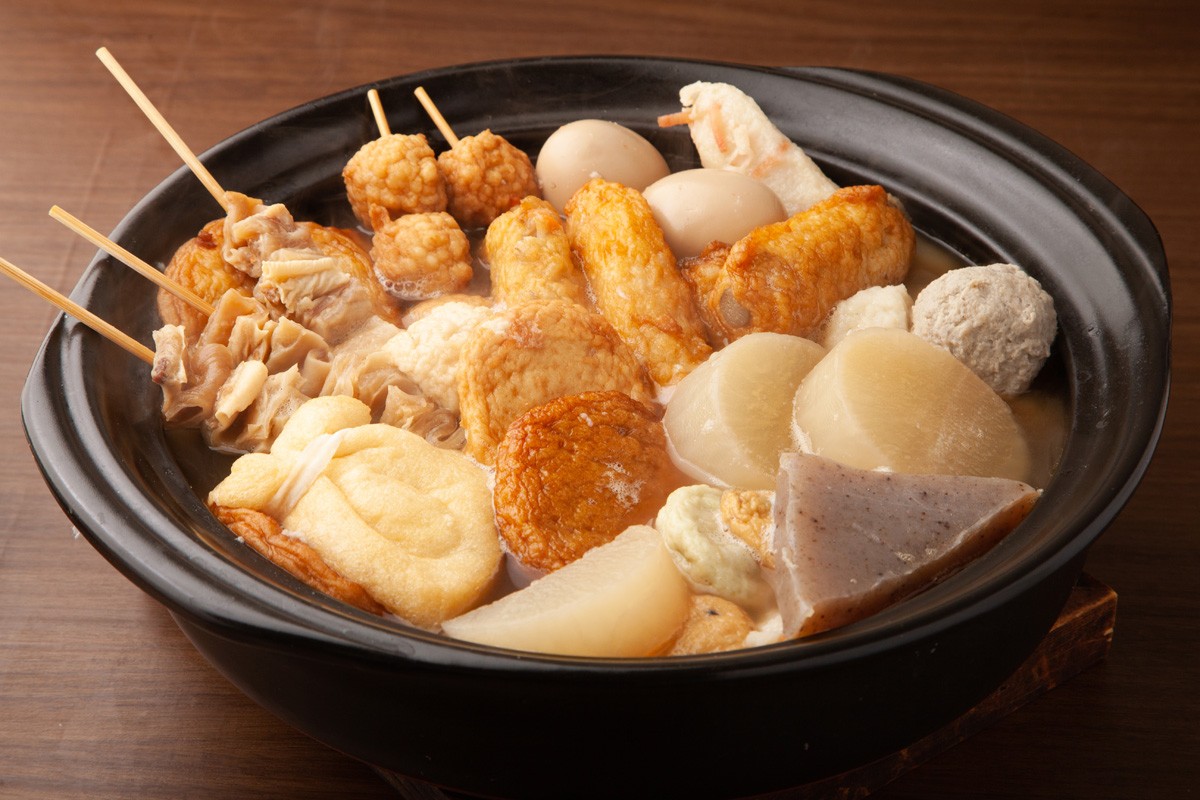
Oden is a dish where ingredients such as daikon radish, eggs, fish cakes, and konjac are simmered in a soup made from kombu and bonito stock with added soy sauce. Each ingredient soaks up the flavor, offering a warm, fluffy texture and deep umami taste.
It is said to have originated from dengaku (田楽), a dish where tofu is grilled with miso, and today, oden is loved by people of all ages as one of Japan’s “comfort dish.”
Oden in Anime – ONE PIECE and Dandadan
Kozuki Oden, the former shogun of Wano Country in ONE PIECE, is a character who, true to his name, absolutely loves oden. The series features scenes of him eating oden from a huge pot with gusto, as well as comical moments centered around oden.
Meanwhile, in the rapidly rising sci-fi occult battle anime Dandadan, the main characters are also shown eating oden in their everyday lives.
👉Click here to purchase ONE PIECE merchandise [Animate]
👉Click here to purchase Dandadan merchandise [Animate]
Complete Guide to Convenience Store Oden
The easiest place to experience Japanese oden is at a convenience store. Major chains like 7-Eleven, Lawson, and FamilyMart start selling oden from late September to early October, and you can enjoy it until around March.
To order, simply choose your favorite ingredients from the heated case near the register and tell the staff. Recently, more stores have adopted a self-service style, allowing you to serve yourself. Prices are reasonable, ranging from about 120 yen to 200 yen per item. Recommended ingredients include daikon, egg, chikuwa, and mochi kinchaku. Condiments like mustard and yuzu kosho are also provided for free, so you can enjoy different flavors.
Where Can You Eat Oden? 2 Recommended Restaurants in Tokyo
Besides convenience stores, for authentic oden, head to a specialty oden restaurant or an izakaya!
Otakou Main Store
A long-established oden specialty restaurant founded in 1932. It features a rich Kanto-style broth, and their signature “Toumeshi” (rice topped with oden broth and tofu) is also highly recommended.
- Address: Otakou Building, 2-2-3 Nihonbashi, Chuo-ku, Tokyo
- Access: 1-minute walk from Nihonbashi Station
- Business Hours: [Mon–Fri] Lunch 11:30–14:00 (LO 13:30) Dinner 16:30–22:30 (LO food 21:30, drinks 22:00)
[Sat & Holidays] 16:00–22:00 (LO food 21:00, drinks 21:30) - Closed: Sundays
- Official Website: https://a439400.gorp.jp/
- Reservation: Official website or Tabelog
Konakara Main Store
The interior of the restaurant has a retro atmosphere, featuring Kansai-style dashi, and you can enjoy oden made with seasonal ingredients at their peak.
- Address: 1-9-6 Yushima, Bunkyo-ku, Tokyo
- Access: 4 minutes on foot from Ochanomizu Station
- Business Hours: [Mon–Sat] 18:00–22:30 (Last order 22:00)
- Closed: Sundays
- Reservation: Tabelog
② Gintama: Sukiyaki – Japan’s Iconic Premium Hot Pot
What is Sukiyaki? A Beef Hot Pot Simmered in Sweet-Savory Broth and Served with Raw Egg
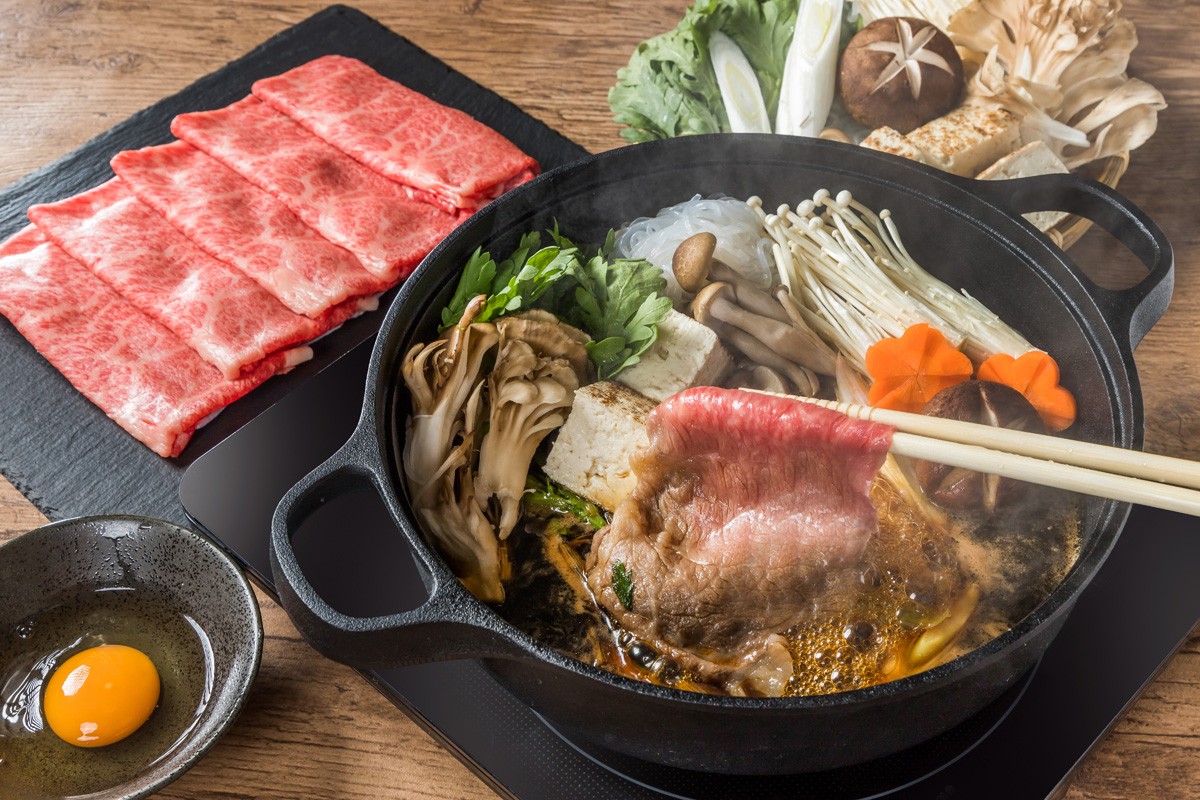
Sukiyaki is a classic Japanese premium hot pot dish where thinly sliced beef is simmered in a sweet and savory broth made from sugar, soy sauce, and mirin. Standard vegetables include Chinese cabbage, chrysanthemum greens, long green onion, shiitake mushrooms, grilled tofu, and shirataki noodles. The hallmark of sukiyaki is dipping the cooked ingredients into beaten raw egg before eating. The richness of the egg mellows the strong flavors, creating a perfectly balanced taste.
Sukiyaki in Gintama – A Symbol of Special Occasions
In "Gintama," there’s a memorable scene where the three members of Yorozuya (Gintoki, Shinpachi, and Kagura) eat sukiyaki together. It turns into a serious battle over who gets to eat the limited amount of meat. The rapid-fire jokes and witty banter, unique to the series, make this a fan-favorite scene packed with laughter and character personality.
👉Purchase Gintama merchandise here [Animate]
Kanto vs. Kansai – Two Sukiyaki Traditions
Kanto-style sukiyaki simmers meat and vegetables together in a pre-made sweet-savory broth. In contrast, Kansai-style starts by heating beef fat in the pot, grilling the meat, seasoning it with sugar and soy sauce, and then adding vegetables. This method lets you control the doneness of the meat, allowing you to savor its full flavor.
2 Recommended Sukiyaki Restaurants in Tokyo
Asakusa Imahan
A legendary sukiyaki restaurant founded in 1895. They use only the highest quality Japanese Black Wagyu beef, and the staff prepare the dish right in front of you for an authentic experience.
- Address: 3-1-12 Nishi-Asakusa, Taito-ku, Tokyo
- Access: 10 minutes on foot from Asakusa Station
- Business Hours: 11:30–21:30 (Last order 20:30)
- Closed: Irregular holidays
- Official Website: https://www.asakusaimahan.co.jp/
- Reservation: AutoReserve
Sukiyaki Chinya
A historic restaurant established in 1880 (Meiji 13). They offer reasonably priced lunch menus, so you can enjoy authentic sukiyaki casually.
- Address: 2-16-1 Hanakawado, Taito-ku, Tokyo
- Access: 8 minutes on foot from Asakusa Station
- Business Hours: [Mon–Fri] Lunch 11:00–15:00, Dinner 16:30–21:30 (Last order for food 20:00, drinks 20:30)
[Sat, Sun, Holidays] 11:00–21:30 (Last order for food 20:00, drinks 20:30) - Closed: Irregular holidays
- Official Website: https://chinya.co.jp/
- Reservation: Tabelog
Related Articles
- 5 Best Shabu-shabu & Sukiyaki Specialty Restaurants in Tokyo
- A Close Look at Asakusa Imahan, Tokyo’s Famous Sukiyaki Restaurant! Revealing the Secret of Its Popularity
③ Jujutsu Kaisen: Meatball Hot Pot (Niku Dango Nabe) – A Classic Izakaya Favorite
What is Meatball Hot Pot? Fluffy Tsukune in a Chicken Bone Broth
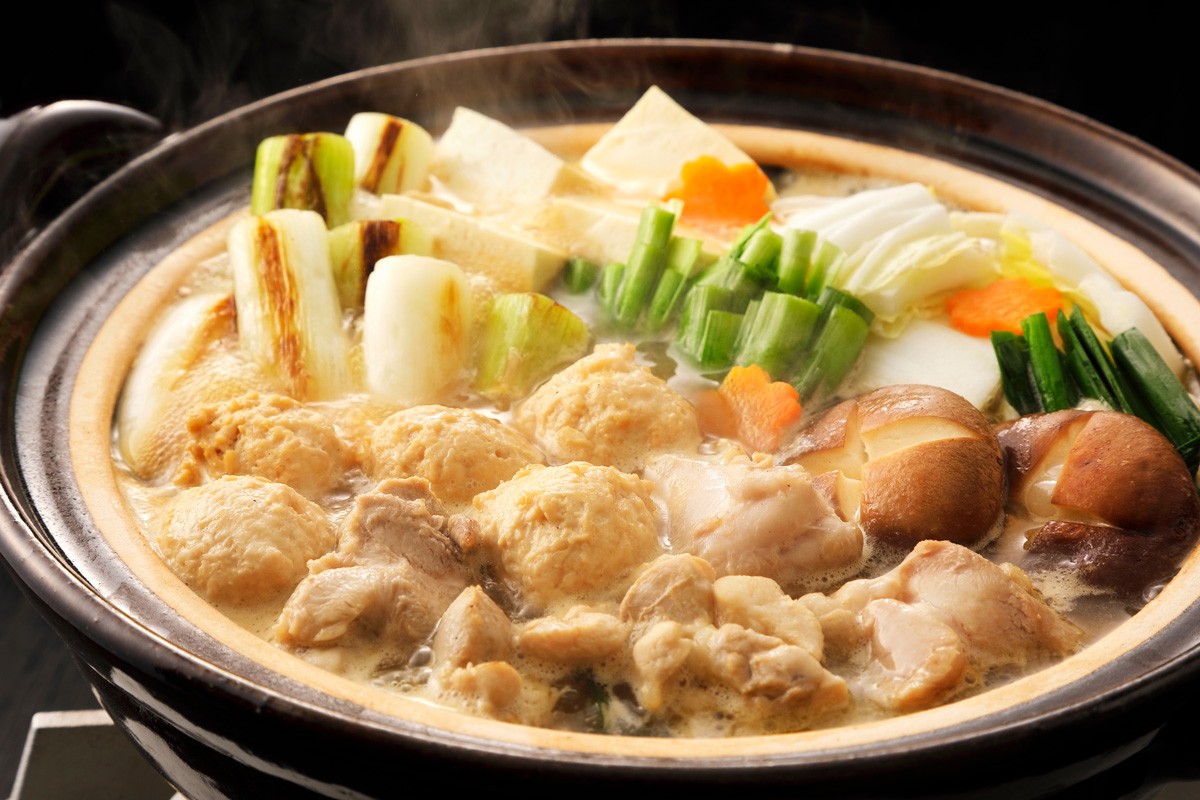
Meatball hot pot (or Niku Dango Nabe) is a simple hot pot dish made by mixing ground chicken or pork with onion, ginger, egg, and other ingredients to form meatballs, which are then simmered in a chicken broth. The fluffy texture of the tsukune (meatballs) and the rich umami flavor of the chicken-based soup are its main attractions. By adding plenty of vegetables such as Chinese cabbage, bean sprouts, tofu, and various mushrooms, it becomes a healthy yet satisfying dish.
Jujutsu Kaisen: What is Yuji Itadori’s Meatball Hot Pot?
In the popular anime Jujutsu Kaisen, there is a scene where Yuji and Gojo eat meatball hot pot together. This dish is simple to make, so even fans can easily recreate it at home.
👉Click here to purchase Jujutsu Kaisen merchandise [Animate]
2 Recommended Restaurants in Tokyo for Meatball Hot Pot
Hijiribashi Torifuku
A restaurant specializing in chicken dishes, with a modern Japanese atmosphere.
- Address: 6F Wien Building, 2-4-14 Kanda Surugadai, Chiyoda-ku, Tokyo
- Access: 2 minutes on foot from Ochanomizu Station
- Business Hours: [Mon–Fri] 17:00–23:00 (Last order 22:00)
[Sat, Sun, Holidays] 16:00–23:00 (Last order 22:00) - Closed: Irregular holidays
- Reservation: Tabelog
Akasaka Unoan
A high-quality chicken specialty restaurant, known for its relaxing private rooms.
- Address: Duo Scala Akasaka 2B1, 2-6-22 Akasaka, Minato-ku, Tokyo
- Access: 2 minutes on foot from Akasaka Station
- Business Hours: [Mon–Fri] Lunch 11:30–14:00, Dinner 17:30–23:00
- Closed: Saturdays, Sundays, and public holidays
- Official Website: https://akasakaunoan.com/
- Reservation: Official website or Tabelog
④ Whisper of the Heart: Nabeyaki Udon – The Warmth of Home as Depicted by Ghibli
What is Nabeyaki Udon? Piping Hot Udon Simmered in an Earthenware Pot
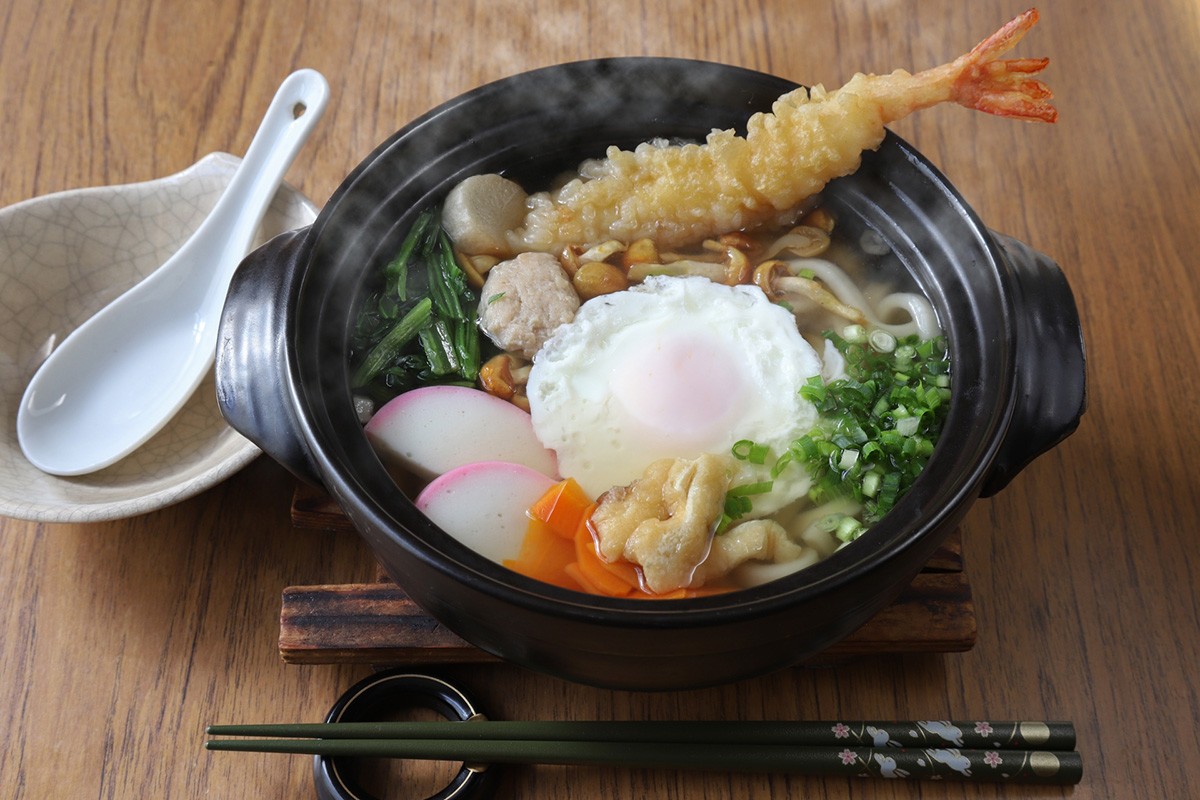
Nabeyaki udon is a dish where udon noodles and various toppings are simmered in dashi broth in a single-serving earthenware pot. Thanks to the pot’s heat retention, you can enjoy the dish piping hot until the very last bite. Classic toppings include tempura shrimp, kamaboko (fish cake), shiitake mushrooms, spinach, and egg.
Related Articles
Whisper of the Heart and Nabeyaki Udon – Everyday Beauty in Ghibli’s World
In Studio Ghibli’s masterpiece “Whisper of the Heart,” nabeyaki udon appears as the dish offered to Shizuku by Seiji’s grandfather after she finishes writing her first novel. The warmth of the steaming nabeyaki udon gently soothes Shizuku’s heart, which is filled with a sense of accomplishment, fatigue, and anxiety.
👉Click here to purchase Whisper of the Heart merchandise [Animate]
2 Recommended Nabeyaki Udon Restaurants in Tokyo
TsuruTonTan UDON NOODLE Brasserie
A popular restaurant that offers a modern twist on traditional udon. Their large bowls feature a wide variety of udon dishes, allowing you to enjoy flavors ranging from Japanese to Western styles.
- Locations: Roppongi, Shinjuku, Shibuya, Ginza, and more
- Business Hours: Varies by location
- Official Website: https://www.tsurutontan.co.jp/
- Reservation: Tabelog (Tokyu Plaza Ginza location)
Anpuku
This restaurant is known for its creative udon dishes that can be enjoyed like pasta. Their innovative menu features chewy, firm noodles paired with a variety of Japanese-Western fusion sauces.
- Locations: Ikebukuro, Toranomon
- Business Hours: Varies by location
- Official Website: https://anpuku.net/
- Reservation: AutoReserve
⑤ Food Wars!: Chanko Nabe – The Power Bowl of Sumo Wrestlers
What is Chanko Nabe? A High-Protein, Low-Fat Hot Pot That Builds Sumo Wrestlers’ Bodies
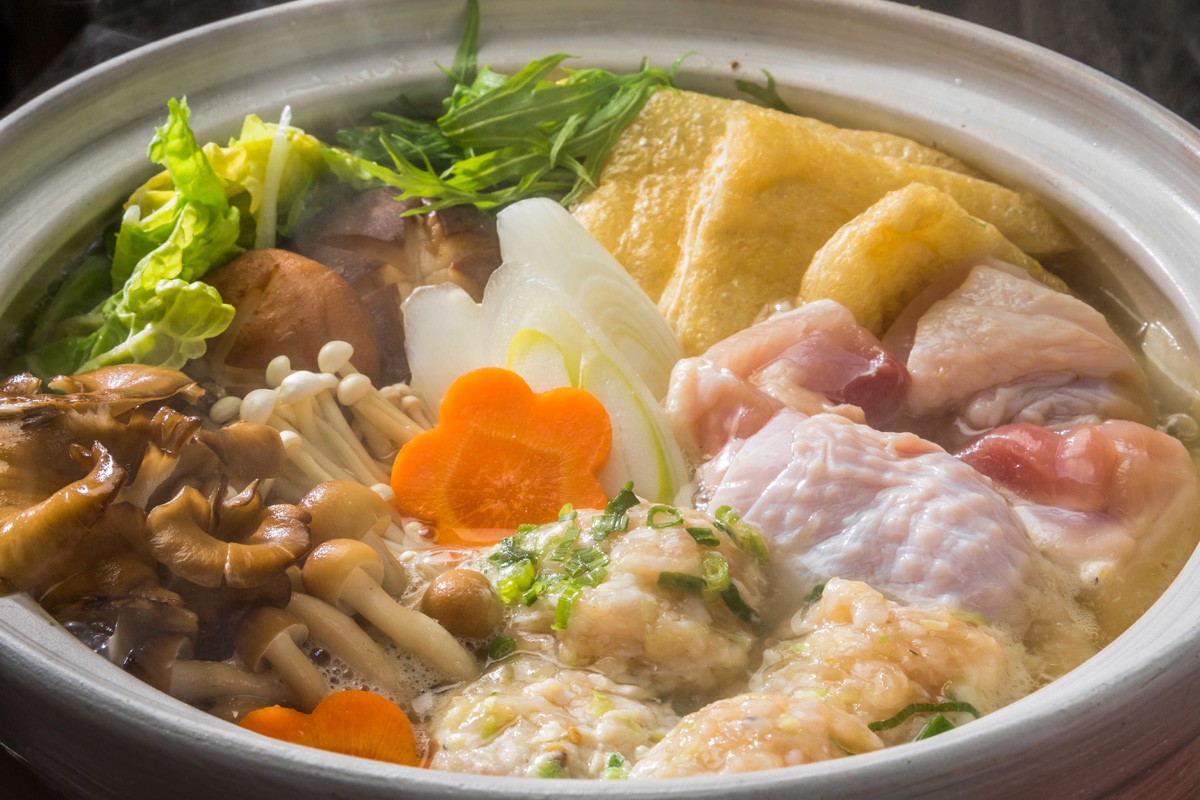
Chanko nabe is a hot pot dish usually eaten by sumo wrestlers. It has developed as a nutritious meal that combines meat, fish, and vegetables in a well-balanced way, offering high protein and low fat.
Chicken is often used for good luck. It is said that meat from four-legged animals like beef or pork is avoided, as putting hands on the ground is associated with "defeat" in sumo.
Related Article
What Kind of Chanko Nabe Appears in Food Wars!?
In the cooking battle anime "Food Wars!" (Shokugeki no Soma), there is a club called the "Chanko Nabe Research Society." In episode 5 of the first season, Erina faces off against the club captain in a "shokugeki" (food war) to build her own exclusive kitchen building. The dish showcased in this battle was a luxurious Ise-ebi (Japanese spiny lobster) chanko nabe.
👉Click here to purchase Food Wars! merchandise [Animate]
Two Recommended Chanko Nabe Restaurants in Ryogoku, Tokyo – The Sumo Mecca
Chanko Kirishima Ryogoku Main Store
A genuine chanko restaurant run by former Ozeki (a sumo wrestler rank second to Yokozuna) Kirishima. The restaurant takes pride in its soup, which is packed with the flavors of chicken and pork bones, following the authentic chanko recipe passed down from the Mutsu sumo stable.
- Address: 2-13-7 Ryogoku, Sumida-ku, Tokyo
- Access: 1 minute walk from Ryogoku Station
- Business Hours: [Tue–Sun, Holidays, Day Before/After Holidays]
Lunch 11:30–15:00 (LO 14:00) / Dinner 17:00–22:00 (LO 21:00) - Closed: Mondays
- Official Website: https://c-kirishima.com/
- Reservation: Tabelog
Asami Ryogoku Main Store
In addition to chanko nabe, you can also enjoy fresh seafood dishes and seasonal specialties.
- Address: Shinwa Building 2F, 3-26-6 Ryogoku, Sumida-ku, Tokyo
- Access: Right near Ryogoku Station
- Business Hours: [Mon–Sat, Sun & Holidays] 11:00–24:00 *Lunch 11:00–15:00
- Closed: Irregular holidays
- Official Website: https://g420328.gorp.jp/
- Reservation: Tabelog
⑥ Osomatsu-san: Crab Hot Pot – A Luxurious Winter Experience
Crab Hot Pot Guide: Types and Features of Popular Japanese Crabs
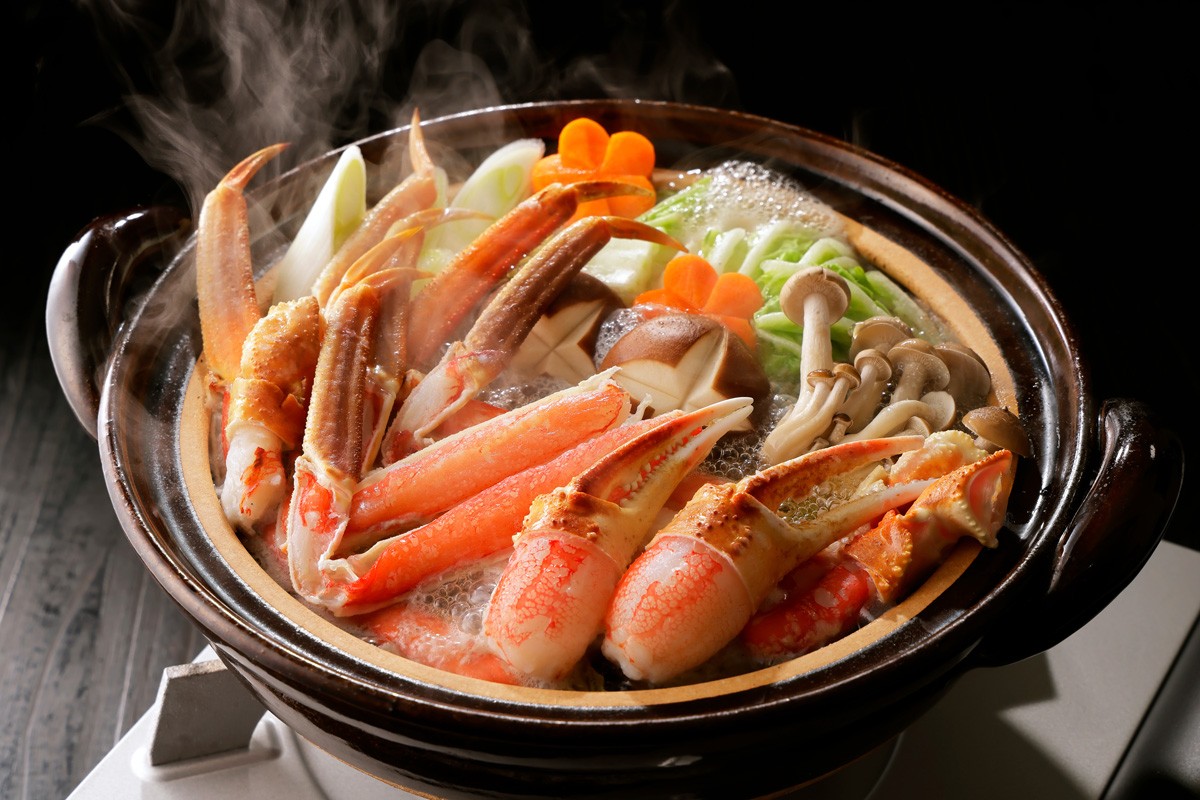
The most popular types of crab you can enjoy in Japan include snow crab (zuwaigani), king crab (tarabagani), and horsehair crab (kegani). Snow crab is known for its delicate, sweet meat and is perfect for crab hot pot. King crab has large, satisfying pieces of meat and offers a bold, hearty texture. Horsehair crab has less meat, but its rich flavor and crab miso (crab tomalley) are exceptional.
For crab hot pot, the basic method is to use a simple kombu (kelp) or salt-based broth to bring out the full umami of the crab. Ingredients such as crab, Chinese cabbage, tofu, Japanese leek, and garland chrysanthemum are simmered together in the broth and enjoyed.
Related Articles
What about the crab hot pot in Osomatsu-san?
In the anime "Osomatsu-san," there is an episode where the sextuplets enjoy crab hot pot together. For a family supporting six NEET sons, crab hot pot is quite a luxurious treat.
👉Click here to purchase Osomatsu-san merchandise [Animate]
2 Recommended Restaurants for Crab Hot Pot in Tokyo
Kani Douraku
A famous crab restaurant chain originating from Osaka, easily recognized by its giant crab sign. They offer a variety of courses, allowing you to fully enjoy a wide range of crab dishes.
- Locations: Shinjuku, Ginza, Ueno, Nerima, and more
- Business Hours: Varies by location
- Official Website: https://douraku.co.jp/
- Reservation: Tabelog (Shinjuku Main Branch)
Kani Jigoku Shimbashi
A crab specialty izakaya. Enjoy fresh, seasonal crab delivered directly from "Marudai Suisan" in Nemuro, Hokkaido, prepared either grilled or boiled to your liking.
- Address: New Shimbashi Building B1F & 2F, 2-16-1 Shimbashi, Minato-ku, Tokyo
- Access: 1-minute walk from Shimbashi Station
- Business Hours: [Mon–Fri] 16:00–23:30 [Sat, Sun, Holidays] 12:00–23:30
- Closed: 2nd Sunday of odd-numbered months
- Reservation: Tabelog
⑦ Laid-Back Camp: Tantan Gyoza Hot Pot & Kiritanpo Hot Pot
⑦ Tantan Gyoza Hot Pot – Authentic Chinese Flavor at Camp
Features of Tantan Gyoza Hot Pot: Spicy Sesame Broth and Gyoza Harmony
In the anime "Laid-Back Camp," Nadeshiko and her friends make tantan gyoza hot pot. This creative hot pot dish uses the soup base of Chinese tantanmen with gyoza added in. The rich, spicy broth is made with sesame paste, doubanjiang, Sichuan peppercorns, and more. It's easy to make using store-bought gyoza. Adding vegetables like Chinese cabbage, bean sprouts, and garlic chives helps balance out the spiciness for a well-rounded flavor.
👉Click here to purchase Laid-Back Camp merchandise [Animate]
Where can you eat Tantan Gyoza Hot Pot in Tokyo?
GYOZA ROCCOMAN Shibuya Dogenzaka
A gyoza bar where you can enjoy gyoza and beer at reasonable prices.
- Address: Noah Dogenzaka 2F, 2-15-1 Dogenzaka, Shibuya-ku, Tokyo
- Access: 4-minute walk from Shibuya Station
- Business Hours: [Mon–Thu, Sun] Lunch 11:30–14:30 (LO 14:00) Dinner 17:00–23:00 (LO food 22:00, drinks 22:30)
[Fri, Sat, Holidays, Day Before Holidays] Lunch 11:30–14:30 (LO 14:00) Dinner 17:00–23:00 (LO 22:30) - Closed: December 31–January 3
- Reservation: Tabelog
⑧ Kiritanpo Hot Pot – The Essence of Akita’s Rice Culture
Features of Kiritanpo Hot Pot: Akita’s Rice Culture and Hinai Jidori Chicken
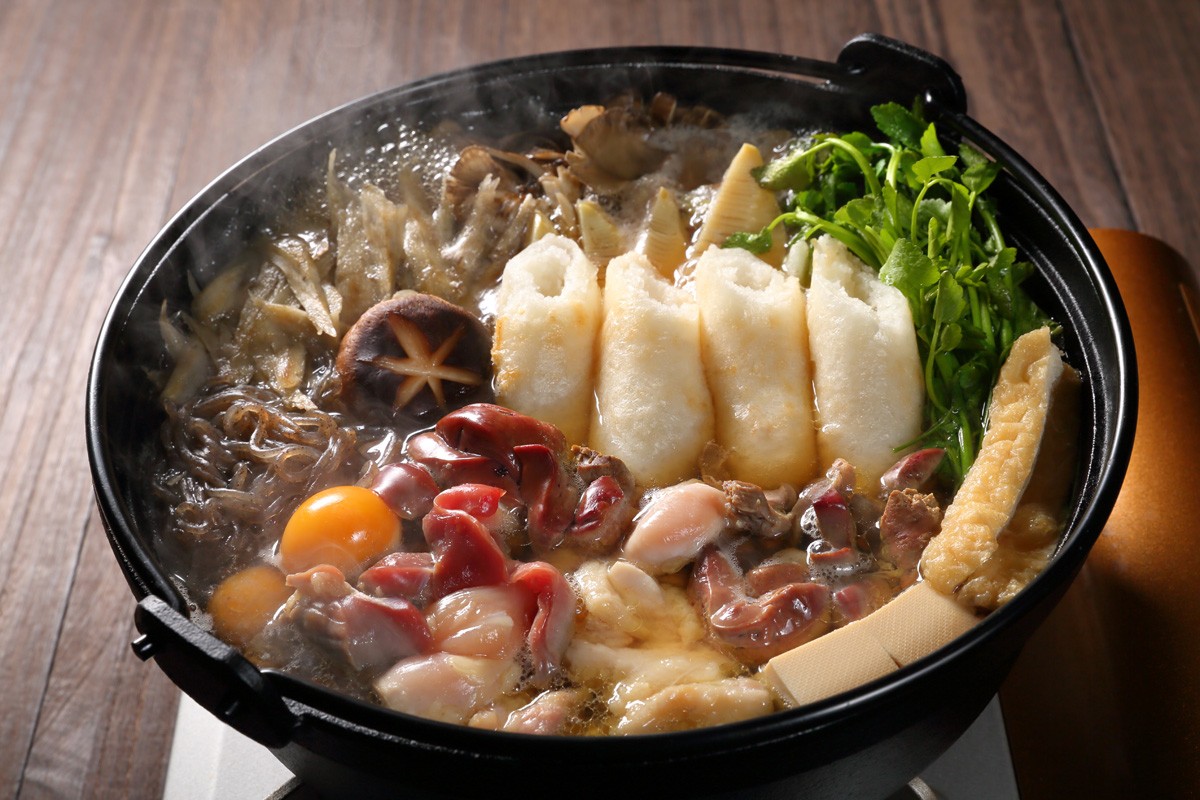
The "Kiritanpo Nabe" featured in Season 2 of the anime is a traditional hot pot dish from Akita Prefecture. "Kiritanpo" is made by mashing cooked rice, wrapping it around a stick, and grilling it before adding it to the hot pot. The authentic style uses Hinai-jidori chicken broth for simmering. The kiritanpo soaks up the broth, resulting in a chewy texture and a perfect blend of chicken umami and deliciousness.
The hot pot is filled with local Akita vegetables such as burdock root, maitake mushrooms, Japanese parsley (seri), and long green onions. In particular, the Akita way is to eat the entire seri, including the roots, which adds a unique aroma and texture as an accent.
Related Articles
2 Recommended Restaurants in Tokyo to Try Kiritanpo Nabe
Akita Bisaikan Shinagawa
You can enjoy a wide variety of Akita’s local dishes, including kiritanpo nabe.
- Address: 1F, Keikyu Dai 7 Building, Wing Takanawa WEST-3, 4-10-8 Takanawa, Minato-ku, Tokyo
- Access: 3-minute walk from Shinagawa Station
- Business Hours: Lunch 11:00–15:30 (Last order for food 14:30) / Dinner 17:00–23:00 (Last order for food 22:00, drinks 22:30)
- Closed: Irregular holidays
- Reservation: Tabelog
Namahage Ginza
In addition to their famous kiritanpo nabe, they offer a wide range of appetizers, sashimi, and more. You can also enjoy the Namahage show, which is registered as a UNESCO Intangible Cultural Heritage.
- Address: 9F, Nakajima Shoji Building, 8-5-6 Ginza, Chuo-ku, Tokyo
- Access: 7-minute walk from Ginza Station
- Business Hours: [Mon–Sat] 17:00–23:00 [Sun & Holidays] 17:00–22:00
- Closed: Irregular holidays
- Official Website: https://namahage-ginza.com/
- Reservation: Tabelog
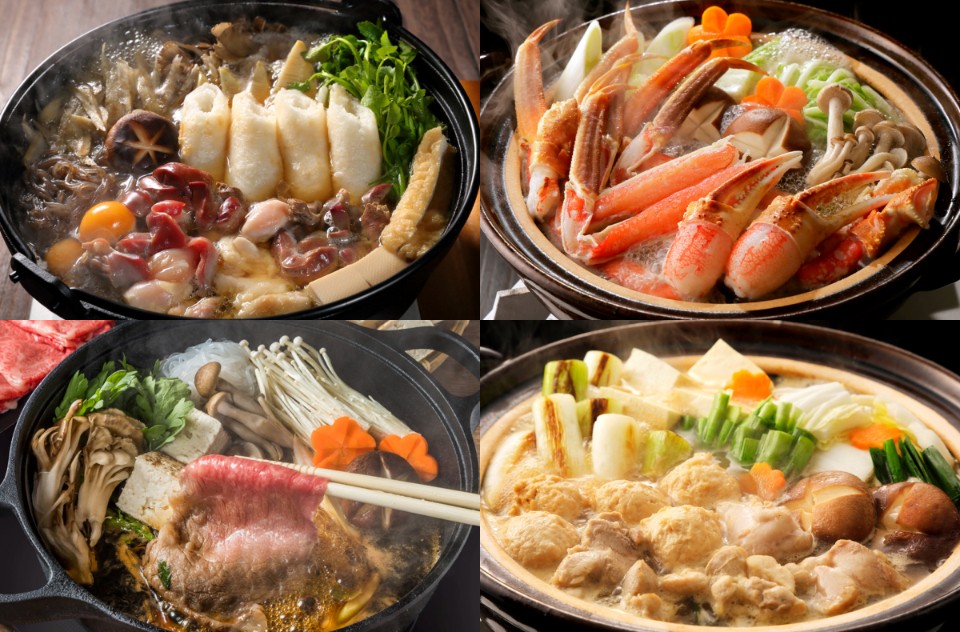
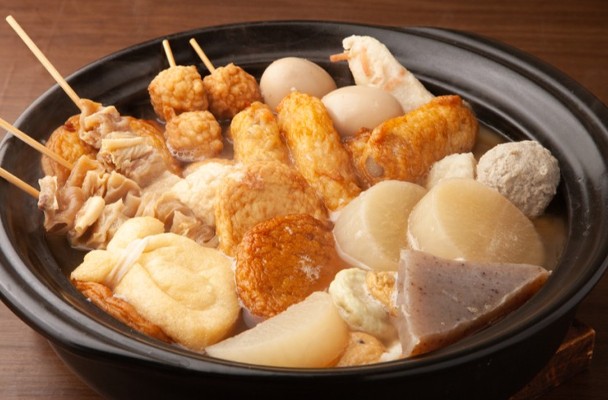
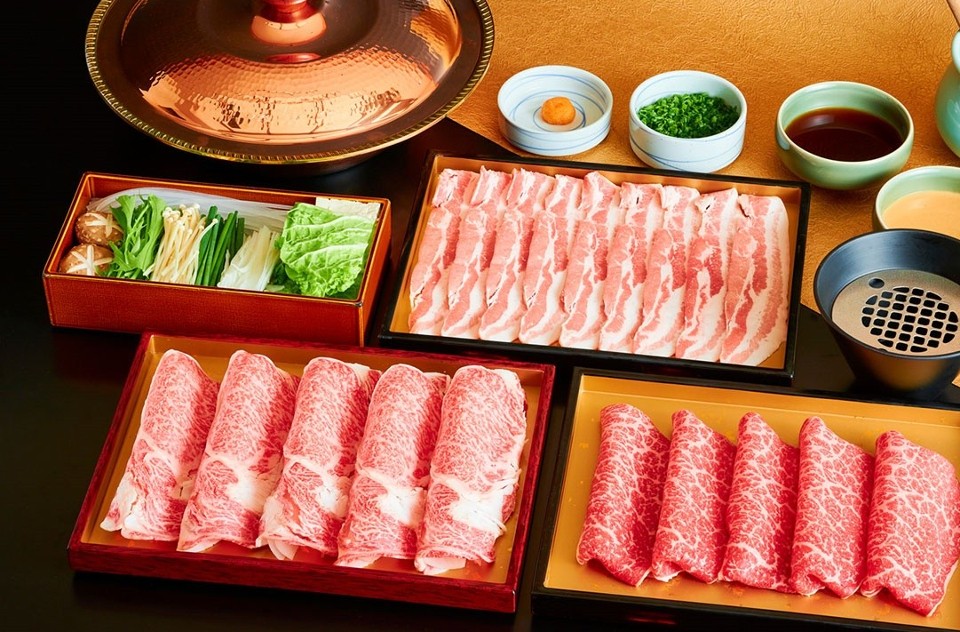
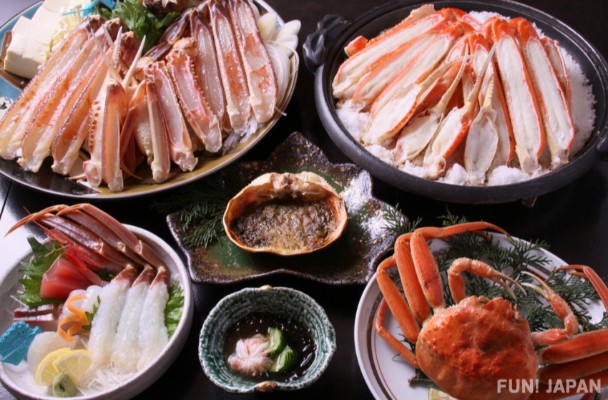
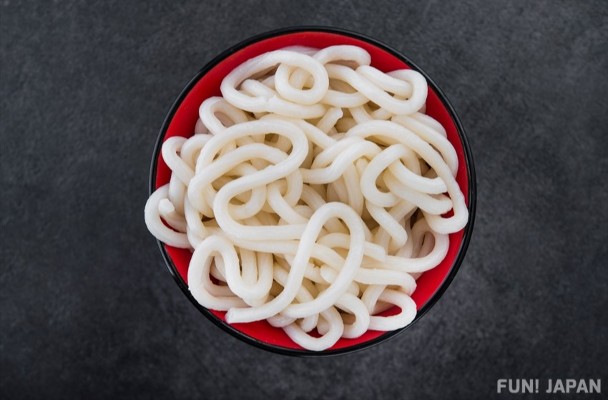
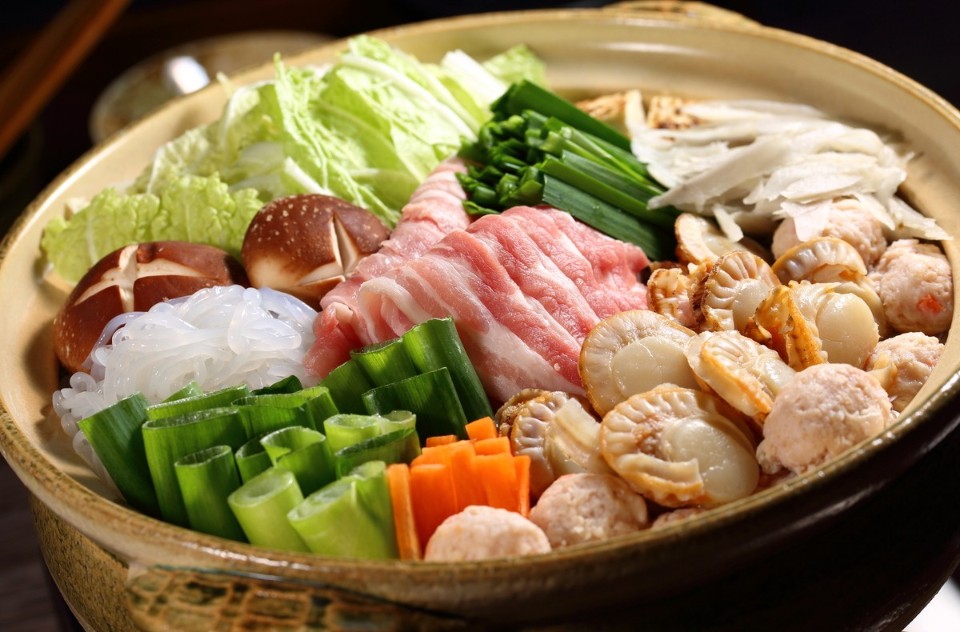
Comments